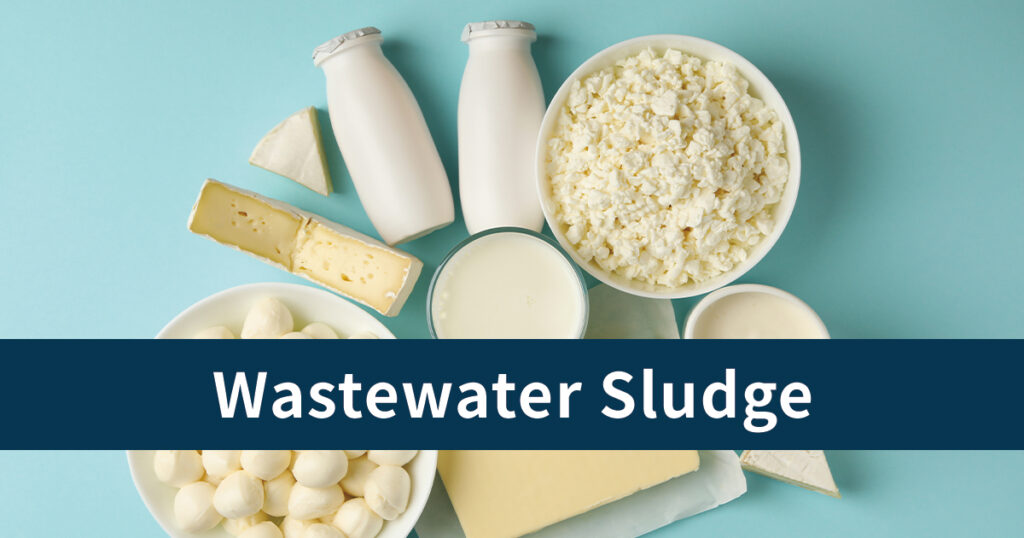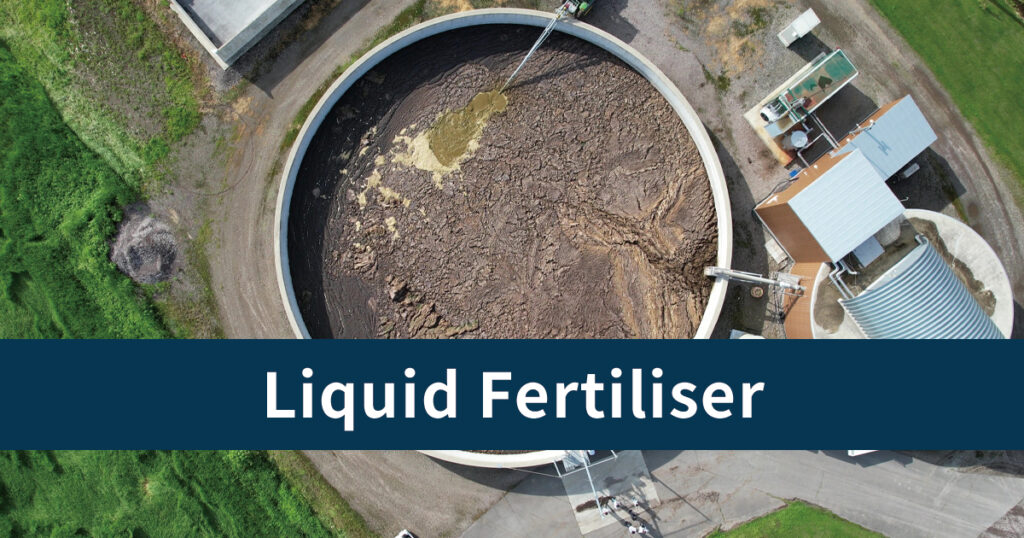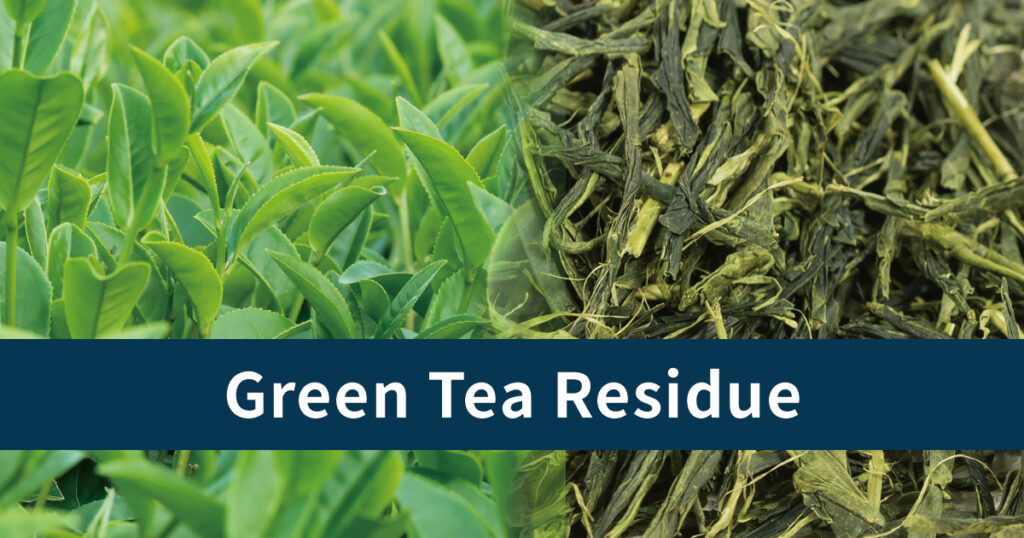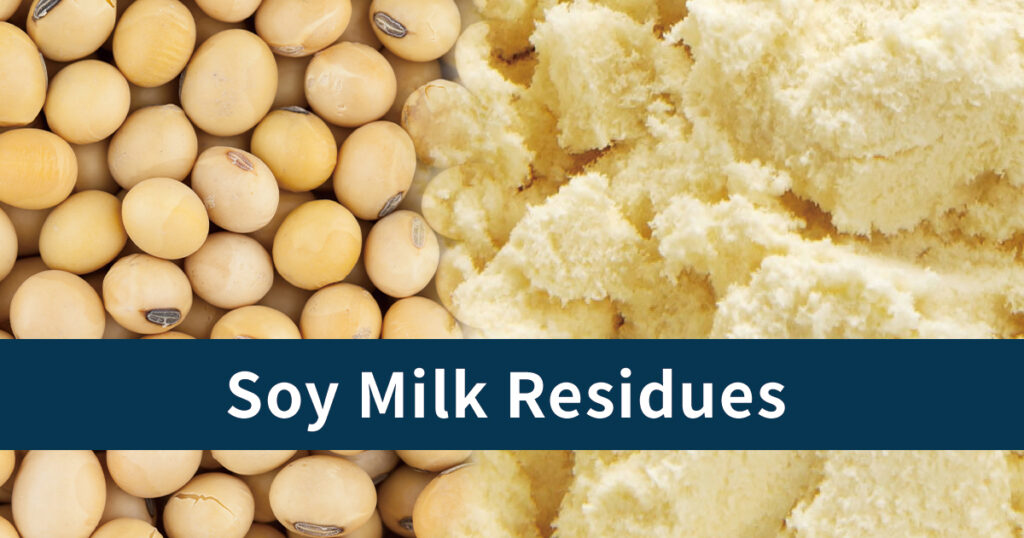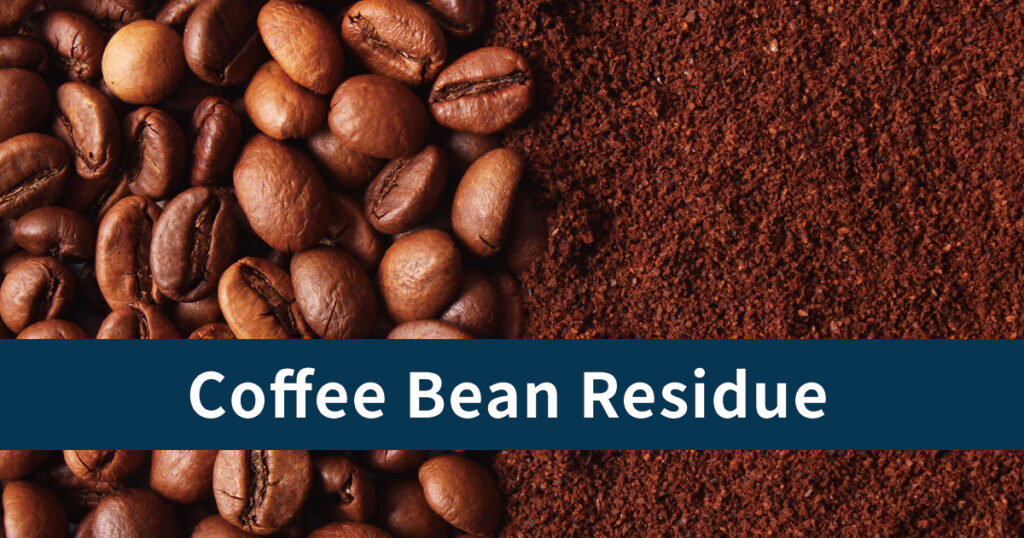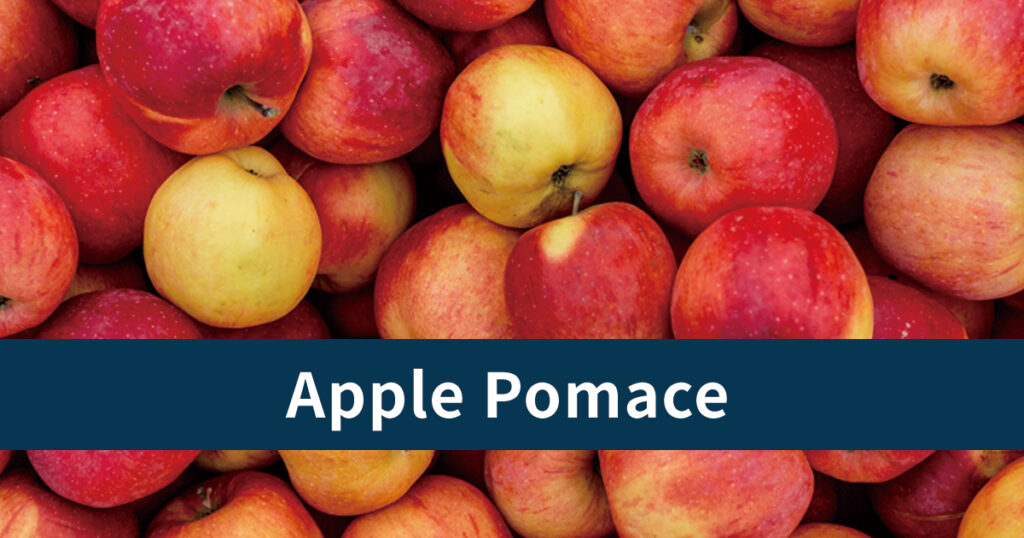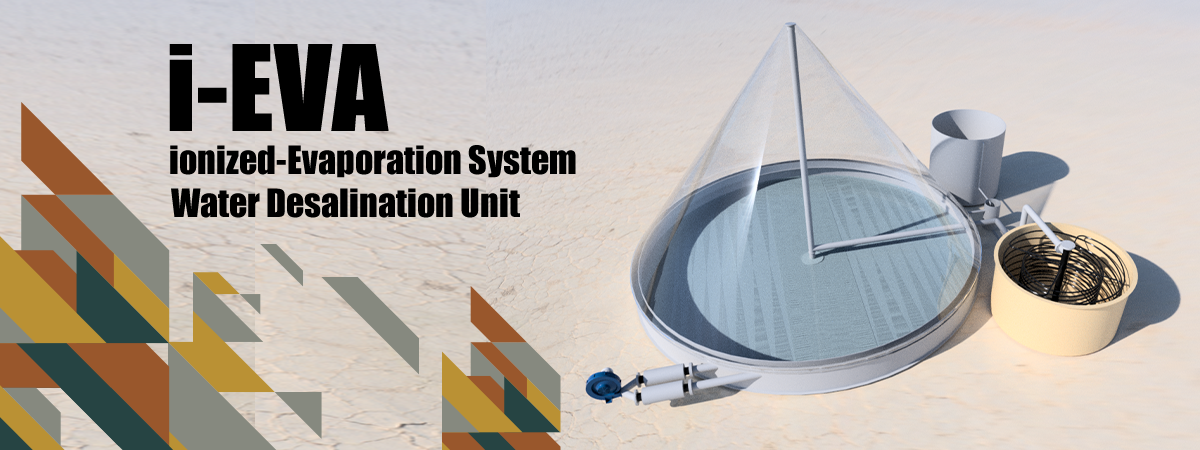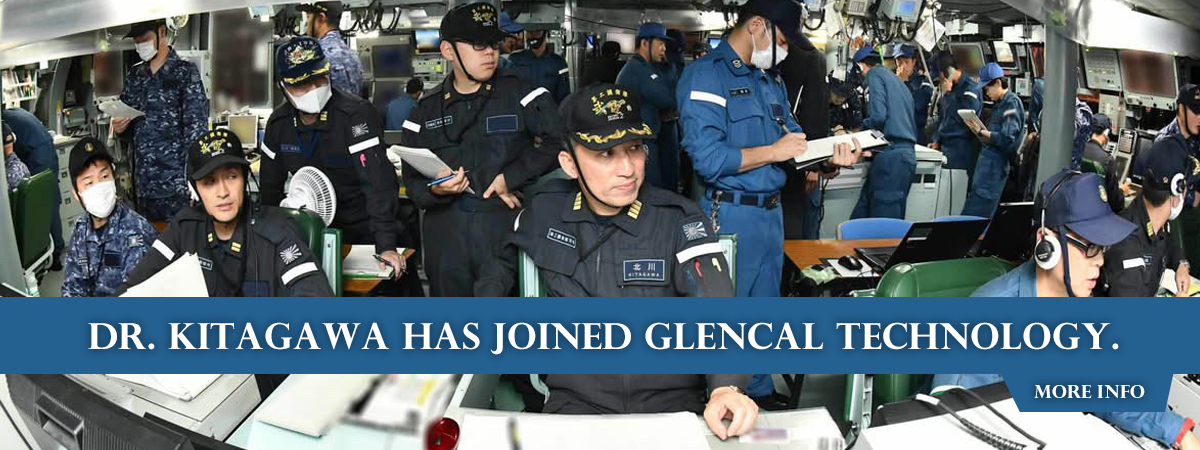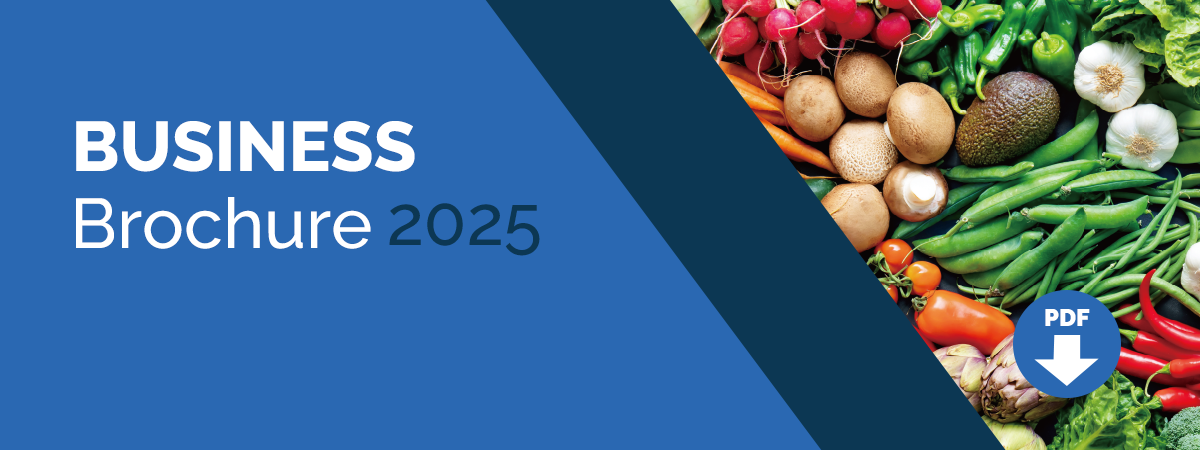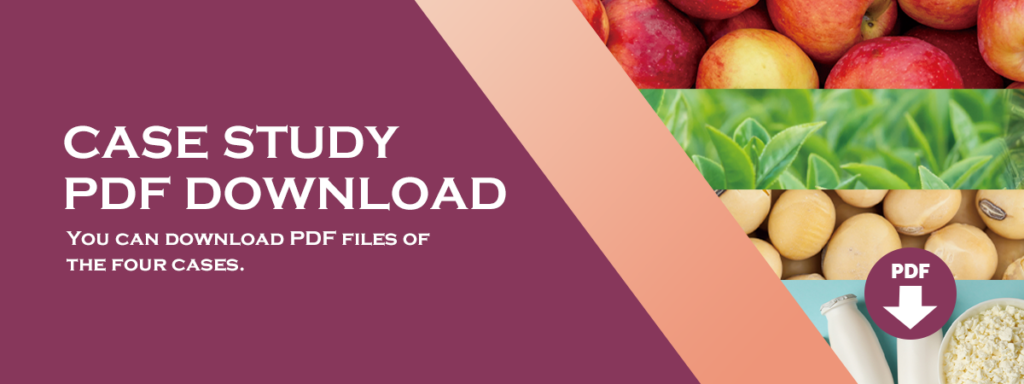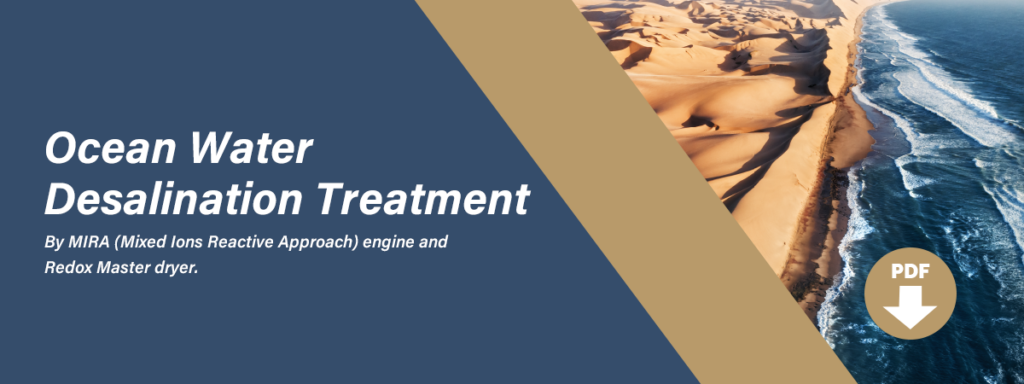PICK UP NEWS
-
April 29th 2025
As our new project, we introduce i-EVA(ionized-Evaporation) System / Water Desalination Unit -
Jan 1st 2025
We are pleased to announce that Dr. Kitagawa has joined Glencal Technology as a special advisor from January 1st 2025. -
Dec 20 2024
Our RedoxMaster was installed at Yamato Steel Co. Ltd. (Himeji, Hyogo Prefecture) in December 2024. -
Oct 29 2024
The RedoxMaster dryer was installed at Yamagata Shokuhin (Yamagata prefecture, Japan), and a completion ceremony was held on 29th October. -
September 2024
Dii Desert Energy Activities Q3 2024
Glencal Techology is featured in this newsletter.

